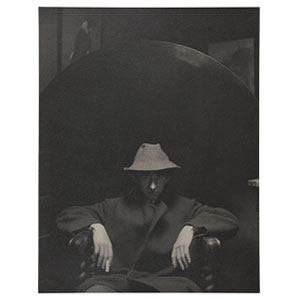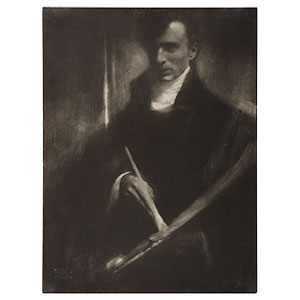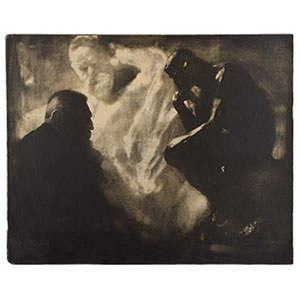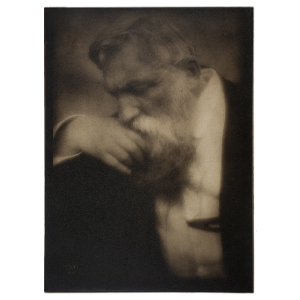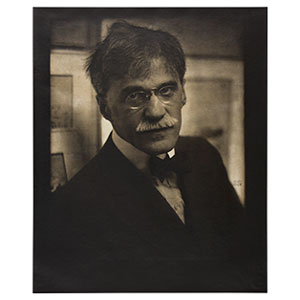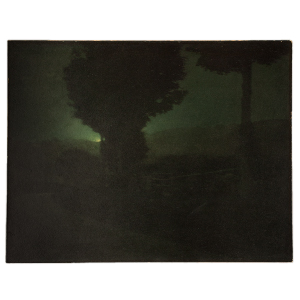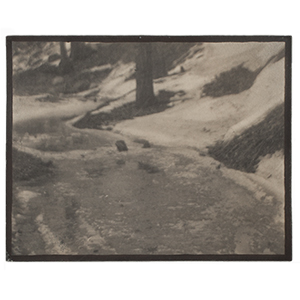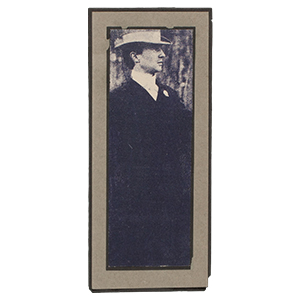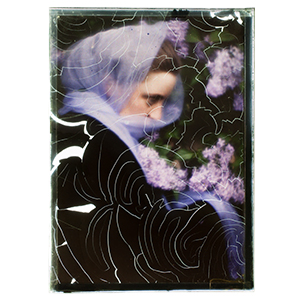Edward Steichen
American, born Luxembourg, 1879–1973
As a teenager growing up in Milwaukee, Edward Steichen first encountered art photography in the pages of Camera Notes, the journal Stieglitz edited for the New York Camera Club. In 1901, on his way to Paris to pursue the artistic life, Steichen stopped in New York to show Stieglitz his portfolio. Stieglitz promptly purchased three of the young man’s photographs, and this short interaction was the beginning of a fruitful collaboration.
Upon his return from Paris in 1902, Steichen became Stieglitz’s deputy in the Photo-Secession, designing the cover of Camera Work and overseeing the installation of the first shows organized under the group’s auspices. Steichen was the most prominent photographer in Camera Work, with 65 of his images reproduced during the journal’s run.
The works that Stieglitz collected by Steichen date from a time when Steichen pursued both photography and painting. His photographs maintain a careful balance between the sharp, focused details of the camera’s lens and the painterly forms made possible by manipulating the emulsion during the gum bichromate printing process, as seen in Rodin—Le Penseur and Self-Portrait with Brush and Palette. Steichen eventually turned away from Pictorialism in favor of modernist aesthetics and a successful career as a commercial photographer—a decision that caused a permanent rift between him and Stieglitz. His portraits and fashion photographs were often featured in Vogue and Vanity Fair, and he served as curator of photography at the Museum of Modern Art, New York, from 1947 to 1962.
Click here to learn more about Steichen’s time in the American Expeditionary Forces via a unique album of World War I–era aerial photographs from the Art Institute’s collection.



